Surely you have heard something about the restoration of the heart rhythm, but do not quite understand what this information is and where to get it? In our guide, we will tell you how you can view heart rate recovery data on your Apple Watch, what it generally means, and what are good heart rate recovery indicators.
BY TOPIC: What is Theater mode (the icon with masks) on Apple Watch for?
What is heart rate recovery and why is this information needed?
Heart rate recovery shows how and how much slower the heart begins to beat after the end of a workout. Experts describe this parameter as “information about the parameters of the cardiovascular system, reflecting the activity of the autonomic nervous system.”
Measurements of this activity show a balance between the sympathetic nervous system (which is responsible for the body’s response to dangerous situations or strenuous activities: running, fighting) and the parasympathetic nervous system (which is responsible for calmer activities: resting and digesting food) and has been shown to be powerful predictors of mortality. The “quality” of switching from one system to another can be seen by changing the heart rate.
In many studies, data on heart rate recovery (HRR) has become an important indicator of doubling the likelihood of death over the next six years. So, a study published in 1999 in the New England Journal of Medicine showed that an abnormally low HRR doubles the chances of dying in the next 6 years. Such conclusions were made on the basis of 20 years of observations, the information remains relevant today. The study has been cited more than 1,000 times since its publication, with 58 scientific articles citing it in 2019 alone.
BY TOPIC: Check out these walking metrics if you have an iPhone or Apple Watch.
What are good heart rate recovery rates?
More recent studies confirming the 1999 results show that a decrease in heart rate (HR) of 13 beats or more after 1 minute, or 22 beats or more after two minutes, is considered normal for a healthy person.
But keep in mind that for the most accurate heart rate recovery check, you’ll need to stop recording a workout on your Apple Watch as soon as you’re done. For example, if you leave a workout running after you finish it, and then stretch, sit and relax for a while, and only then finish the workout, you will see low heart rate values. Because Apple Watch doesn’t compare your peak or near-peak heart rate to your rate of recovery.
But if you regularly see numbers below the threshold, you may need to consult a doctor. Cardiologist Anthony Pearson, MD, says: “If your heart rate recovery is less than 13 beats per minute after the end of your workout (less than 22 beats per minute after 2 minutes), then this is a poor prognostic sign. If you have not previously been diagnosed with a serious cardiovascular disease, consider getting a specialized medical examination.”
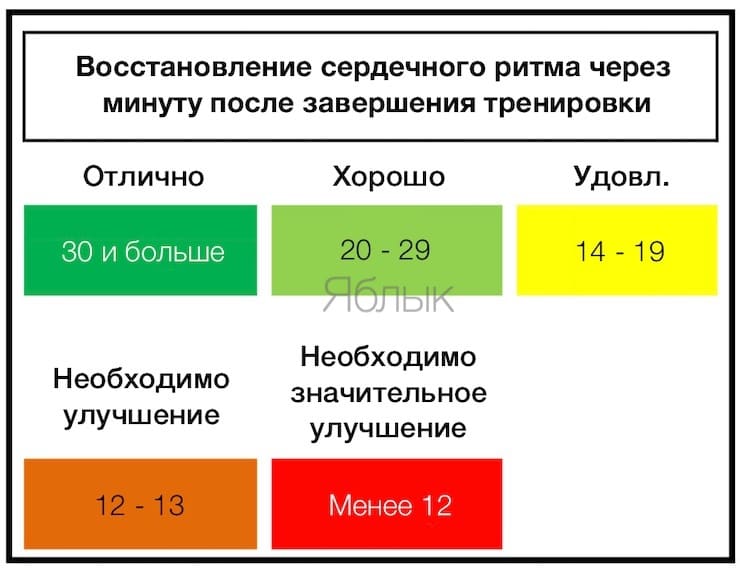
BY TOPIC: Digital Touch, or how to send animated drawings, pulse (heartbeat), kiss, etc. to Apple Watch.
How to watch Apple Watch and iPhone heart rate recovery?
To view heart rate recovery (HRR) data:
1. Open the Fitness app (formerly called Activity) on your iPhone.
2. Select the workout for which you are interested in heart rate recovery information.
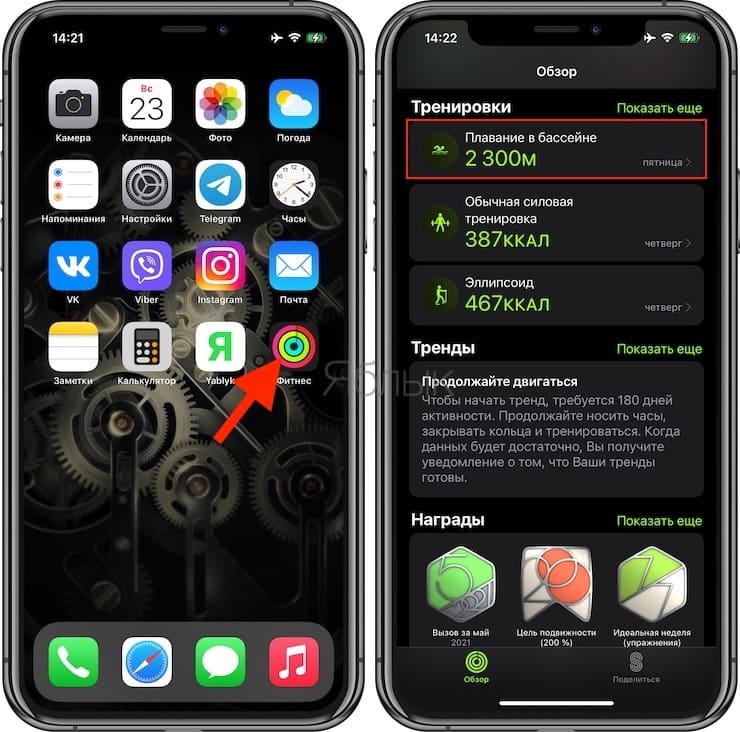
3. In the Heart Rate section, swipe from right to left.
4. Here you will see all the information about the restoration of the pulse after 1 and 2 minutes after the end of the workout.
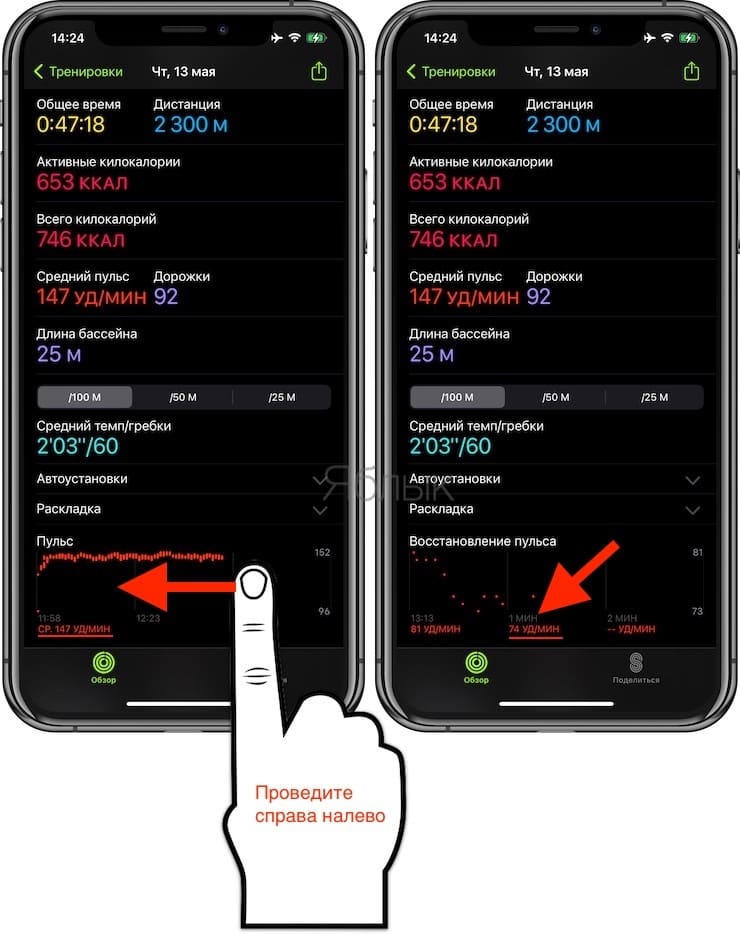
Heart rate recovery data is also available on Apple Watch, but only for the last workout for the current day. To view them:
1. On your Apple Watch, open the app “Pulse”.
2. Swipe or scroll down the screen.
3. If you have recorded a workout for that day, you will see a section “Recovery”.
4. Click on it to see more details.
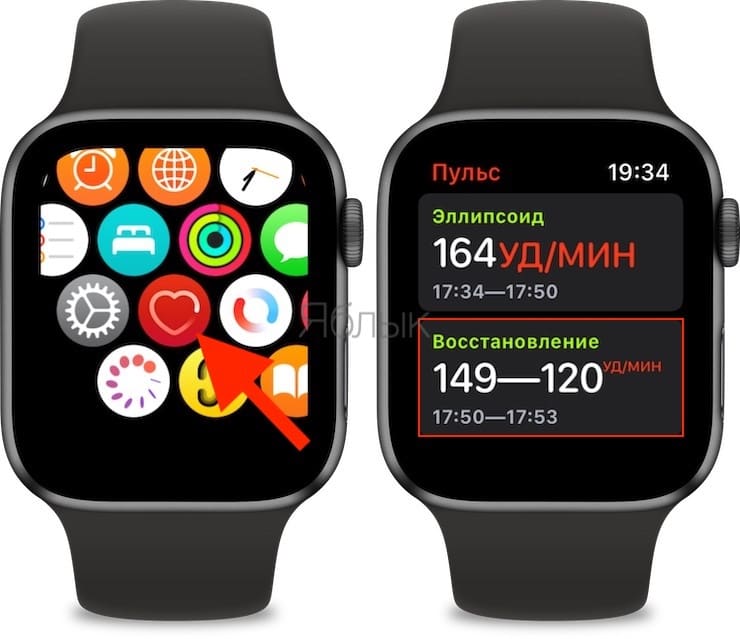
5. Heart rate recovery shows how much your heart rate has dropped one minute and two minutes after your workout.
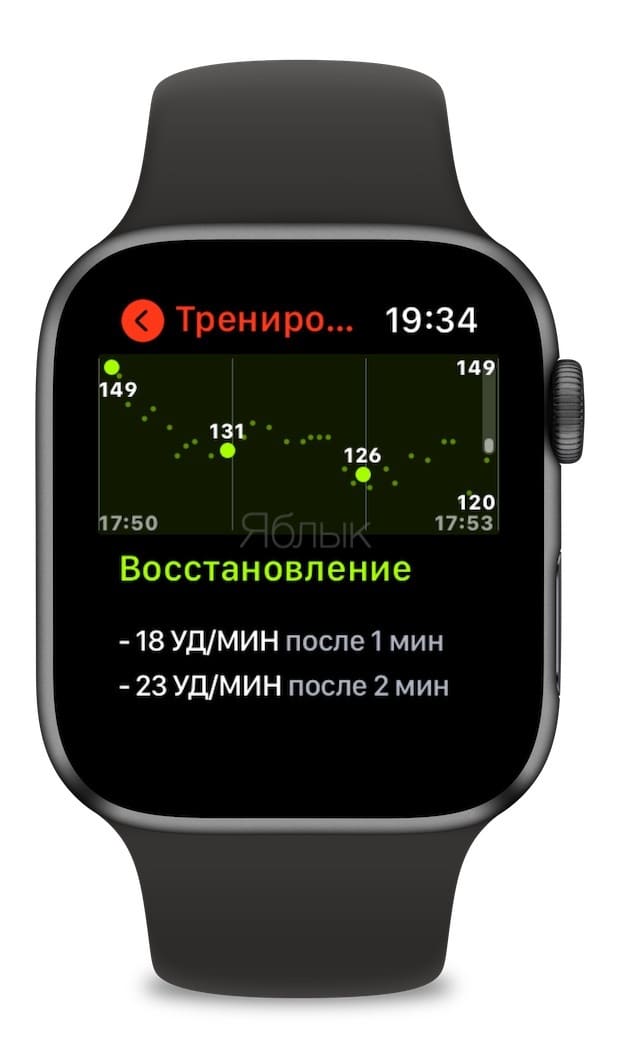
See also:
.
The post Heart rate recovery on Apple Watch: what is it? appeared first on Gamingsym.
